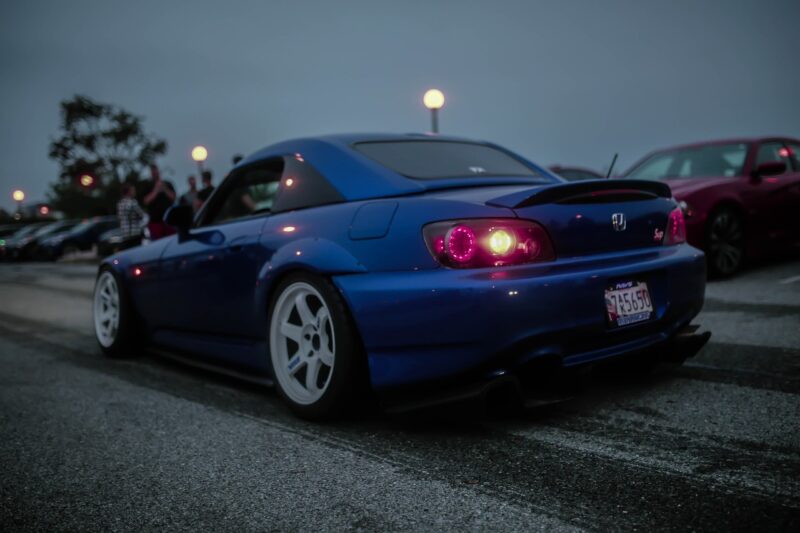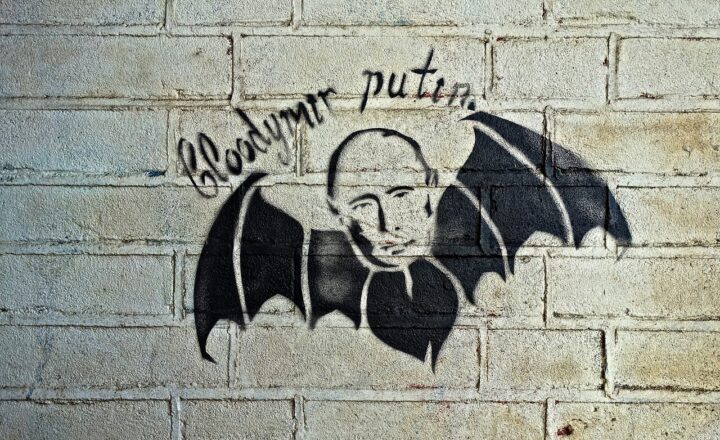Why Every Teenager in the 2000s Wanted to Be a Pop Star
November 12, 2024

The 2000s were a defining decade for pop music and youth culture, a period marked by transformation in technology, marketing, and entertainment. It was an era where every teenager with a dream and a microphone could envision themselves as the next pop sensation. In this article, we will explore the various factors that fueled the passion for pop stardom among teenagers during this dynamic decade.
1. The Rise of Reality Music Competitions
One of the significant shifts in the music industry during the early 2000s was the emergence of reality television shows dedicated to music competitions. Programs such as “American Idol,” which premiered in 2002, brought the idea of achieving stardom within reach of an everyday teenager. For the first time, viewers could watch ordinary people transform into recognized artists overnight through sheer talent and determination.
These shows not only showcased vocal talents but also highlighted the drama, struggles, and emotional journeys of participants. Adolescents tuned in weekly to follow their favorite contestants, often imagining themselves in similar shoes—practicing for their big break every time they stepped in front of a mirror.
The show included captivating storylines which encouraged viewers to dream big. It wasn’t just about fame; it was about a journey filled with hope and resilience.
2. Iconic Pop Stars of the 2000s
The decade also gave birth to some of the most memorable pop icons who dominated the charts and inspired an entire generation. Celebrities like Britney Spears, Justin Timberlake, Beyoncé, and Kelly Clarkson were not just singers; they were cultural phenomena. Their influence reached beyond music, shaping fashion trends and lifestyle aspirations.
Teenagers idolized these stars, emulating their style and mannerisms. Britney’s iconic red catsuit, Justin’s ramen hairstyle, and Beyoncé’s fierce dance moves became blueprints for millions. Major events, including concerts and award shows like the MTV Video Music Awards, continued to fuel teenage aspirations for fame. Pop stars weren’t just entertainers; they were seen as role models and unrealized potentials, and aspiring to be like them felt attainable.
3. The Impact of Music Videos
The 2000s were also a golden age for music videos as a medium for showcasing talent and creativity. With the launch of dedicated channels like MTV and the availability of streaming via platforms like YouTube, music videos became cultural touchstones. Teenagers could immerse themselves in the dazzling visuals that accompanied their favorite pop songs, making them aspire to be a part of that glamorous world.
High production values, extravagant sets, and choreographed dance routines made pop stars seem larger than life. With each click, teenagers were drawn deeper into the lifestyle of stardom, as they could virtually step into the shoes of their idols with just one watch of a video.
4. Social Media and Online Presence
Although social media was in its infancy in the early 2000s, platforms like MySpace and later Facebook began to emerge, allowing teenagers to connect with artists on a personal level. Artists could instantly share updates with fans, fostering a sense of closeness.
For aspiring pop stars, this meant a chance to build a fanbase without needing a record label or traditional media support. Teens created their music pages to showcase their talents, upload cover songs, and gain followers, making the dream of becoming a pop star feel more achievable. The power of self-promotion became evident, igniting passionate ambitions among aspiring musicians.
5. Changing Cultural Norms
The concept of celebrity began to shift in the 2000s. With the rise of globalization and the internet, young people began to embrace a culture where fame could be attained by anyone, not just the elite or those born into the industry. The accessibility of music creation, thanks to advances in technology, meant that any teenager with talent could record a song using simple software on a computer.
Tunes could go viral on platforms, reaching audiences across the globe without the traditional gatekeepers of the music industry. This democratization of music inspired countless teenagers to pursue their dreams, as the path to success became clearer and more navigable.
6. The Allure of Fame and Fortune
Lastly, the glittering allure of fame was hard to resist, particularly for teenagers navigating self-identity and seeking validation. The 2000s pop culture had a heightened focus on the glamorous lifestyles of celebrities, with paparazzi and tabloid culture bringing a voyeuristic element into fans’ lives. Teens believed that stardom equaled not only fame but also a lifestyle filled with parties, adoration, and wealth—an undeniable attraction that made the idea of wanting to be a pop star irresistible.
Documents of celebrity lives were readily available in magazines, television shows, and online. These glamorous representations painted an enticing picture and fueled a hunger for recognition and success among teenagers.
Conclusion
In conclusion, the 2000s were a transformative decade that inspired a whole generation of teenagers to chase musical stardom fervently. From reality competitions to the influence of pop icons and the impact of video culture, various forces converged to make the dream of being a pop star immensely appealing. As young boys and girls combined their talents with newfound platforms, it made for a remarkable cultural moment that encouraged an entire generation to believe that they, too, could conquer the music world. Even years later, the echoes of that time continue to inspire aspiring musicians and dreamers today. To capture the heart of youth — who wouldn’t want to be a pop star?








